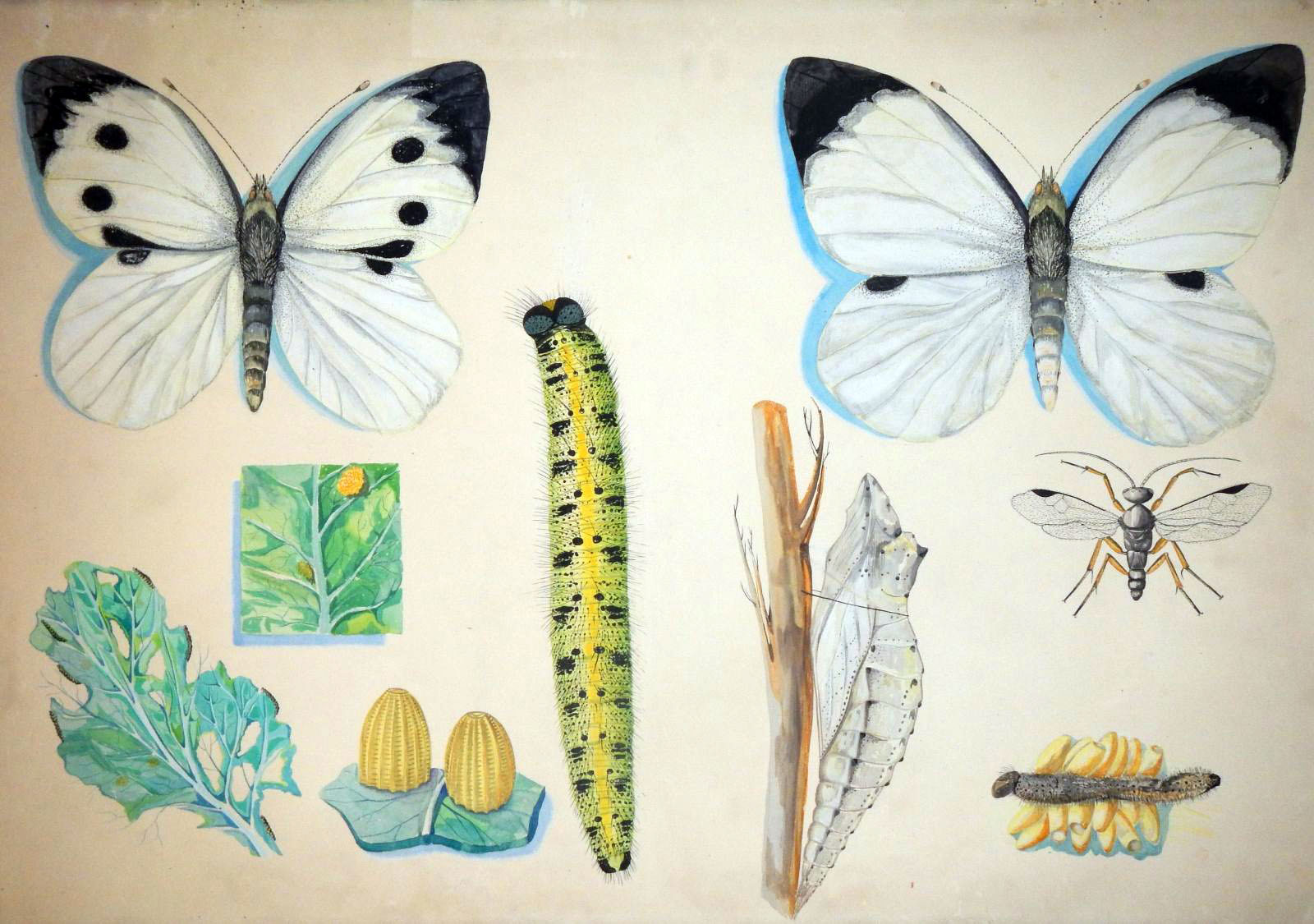Entomological Collections

Scientific Coordinator: prof. Salvatore Nucifora
The entomological collection housed by the Department of Agriculture, Food and Environment (Di3A) forms part of the SiMuA (name for university museums’ network) and includes:
• a historical collection of insects, preserved by the Section of Applied Entomology, consisting of about 400 entomological boxes;
• a collection of drawings on cardboard that resulted in 200 flash cards about entomology or zoology in relation to agriculture, beekeeping, sericulture, and to the identification of useful and harmful arthropods.
Prof. Vincenzo Lupo was the founding father of a rich collection of insects. He, at the time, spent time and resources engaging in this particular project from 1952 to 1953. Throughout the academic year, he was entrusted with leadership responsibility as far as the foundation of the Institute of Agricultural Entomology. At the time, under the direction of Prof. Lupo, Mario Licciardello, an expert technician, did all the groundwork for the reorganization and the arrangement of the entomological boxes. The collection was consistently aligned against a taxonomic standard by the institute’s teaching staff.
Entomological display cases form part of this collection in terms of educational resources, and have been set up for students of agriculture. Prof. Lupo did nothing but maintain and develop the insect collection over time, with material of scientific, naturalistic and historical interest that was both donated and purchased by him. In particular, we recall the presence of numerous boxes of tropical lepidoptera supplied by Novitsky and that from Attilio Fiori’s collection - a lepidopterologist from 1883 to 1958, Andrea’s son, a famous coleopterist and, last but not least, from Adriano’s brother, an equally famous botanist.
Flash cards were designed by technicians and teaching staff of the former Institute of Agricultural Entomology. They are made of cardboard sheets cut to size 100 x 70 cm and are definitely well cared for. Illustrations come from original ideas and/or from various authors. They were reproduced as well as enlarged by means of a pantograph and drawn in pencil or ink, then coloured by pencils or in watercolour. These are mostly based on entomological themes as far as agriculture and zooculture are both concerned. Before the advent of the digital era, cardboards and slate blackboards were the mainstay of a classroom teaching equipment for sector-based lessons.